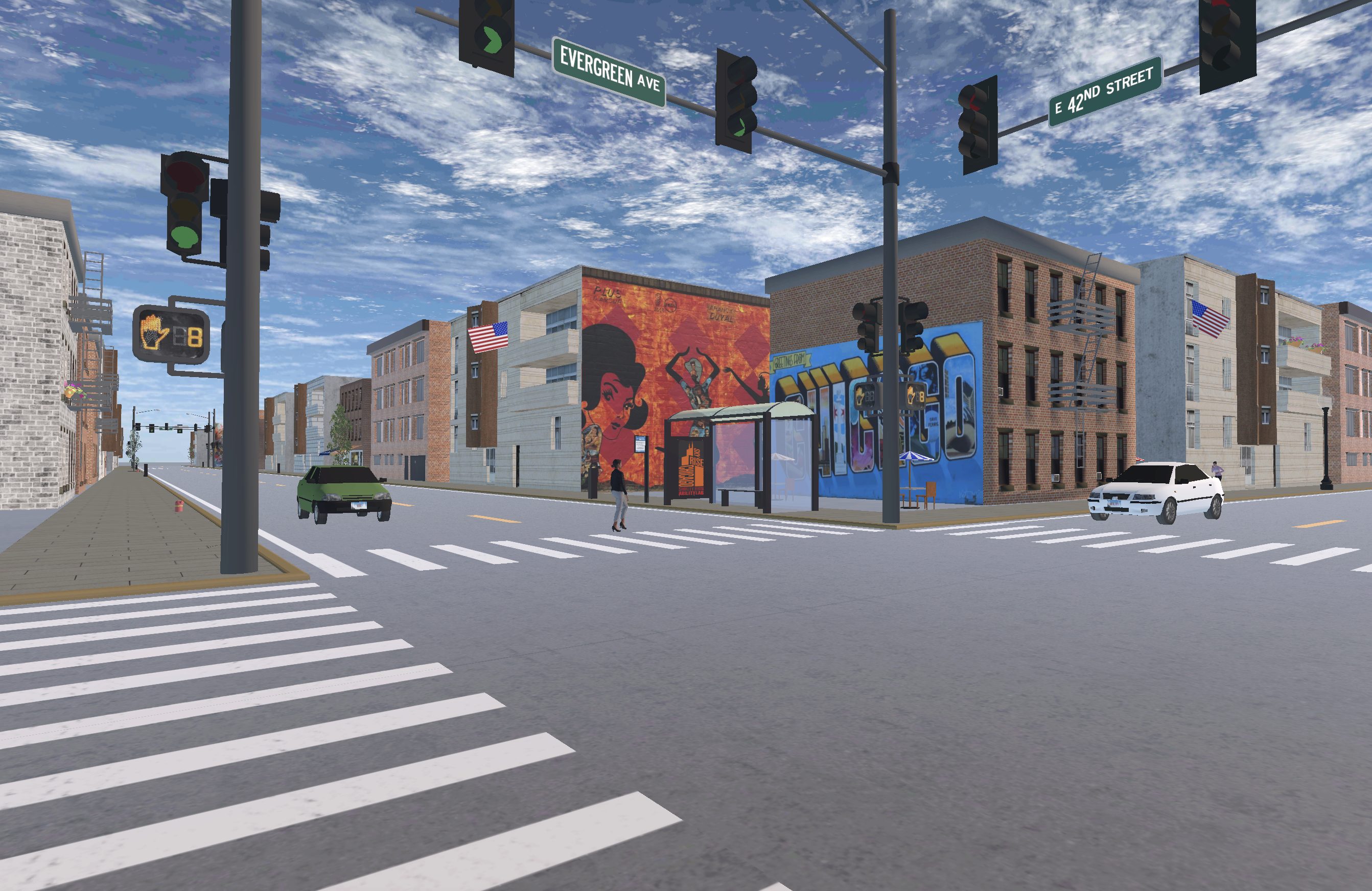PhD Prelim Announcement: Supporting Motor-Rehabilitation and Metaphor Elicitation in Asymmetric Virtual Environments
December 12th, 2022
Categories: Applications, MS / PhD Thesis, Software, User Groups, Visualization, VR, Remote Collaboration, Human Computer Interaction (HCI)

About
PhD Student: Sai Priya Jyothula
Committee:
Dr. Andrew Johnson, Advisor and Chair
Dr. Steve Jones
Dr. Debaleena Chattopadhyay
Dr. Joseph Michaelis
Dr. Venugopal Vasudevan (Procter and Gamble)
Location: 2068 ERF
Date and time: Monday, December 12, 10 AM - 11:30 AM CST
Zoom link: https://uic.zoom.us/j/87006131464?pwd=c1MxVmIvc1VTSW9RU2xYdFZOTUl1Zz09
Abstract:
Collaborative virtual environments (CVEs) are shared virtual spaces that bring users together and allow them to interact with each other and virtual objects. In asymmetric CVEs, users have varied roles, interaction capabilities, perspectives, and device configurations, which can be leveraged to further user objectives. The major objective of my research is to use these asymmetric virtual environments as a means to augment people and enable them to transcend their physical, sensory and cognitive limitations. Specifically, I focus on facilitating rehabilitation training for the body and accessing deeper metaphors of the mind. The research work outlined in this document is divided into two sections. In the first section, I discuss the design and implementation of asymmetrical virtual environments that I developed for patient rehabilitation in collaboration with ShirleyRyan AbilityLab, Chicago. Then, I present the iterative improvements that I made to the environments based on the feedback from the physical therapists and propose a user study to evaluate the systems. Understanding the usage context helps to design guidelines for future systems that not only focus on the efficiency of the system individually but also consider how the system augments human capabilities. In the second section, I discuss the research techniques that map the mental models and elicit unconscious latent thoughts, such as photo-elicitation and Zaltman’s Metaphor Elicitation Technique. Next, I explain the implementation of an exploratory study I performed to evaluate the effectiveness of utilizing asymmetrical virtual environments to augment metaphor elicitation. Finally, I analyze the results and challenges that I encountered during the pilot study and propose future research to improve the prototype system and the metaphor elicitation process.